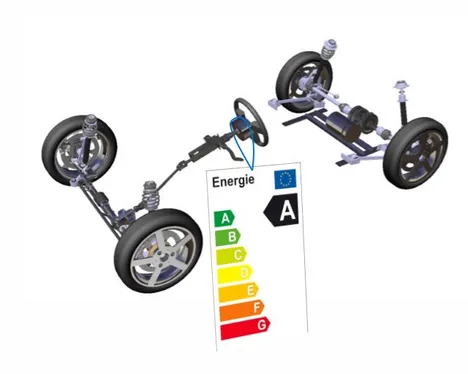
Motivation
In the course of constantly rising energy costs and strict legal requirements, the realisation of individual mobility in the form of automobiles is facing great challenges. New drive concepts, such as electric mobility, are creating approaches that will make the use of cars financially feasible in the future. In order to increase range or reduce energy costs, all vehicle components, including the chassis, must be optimised for minimum energy loss.
Goal
The aim of the energy-efficient chassis is to optimise and redesign active and passive systems in order to reduce energy losses to a minimum.
The sub-project "passive systems" should result in a quantification of saving potentials regarding the energy consumption for all sub-components. From these potentials, solution concepts without disadvantages in terms of driving dynamics are then to be developed.
Procedure
This sub-project deals with the determination of energy losses in passive chassis systems.
For this purpose, potentials as well as their dependencies and interdependencies of different sub-areas are analysed. In order not to jeopardise driving safety and driving experience, all considerations are always made with these two points in mind.
The results are to be verified first by vehicle dynamics simulation and then by driving tests.
Once the correlations between energy consumption and the effects of driving dynamics are known, solution concepts can be developed.